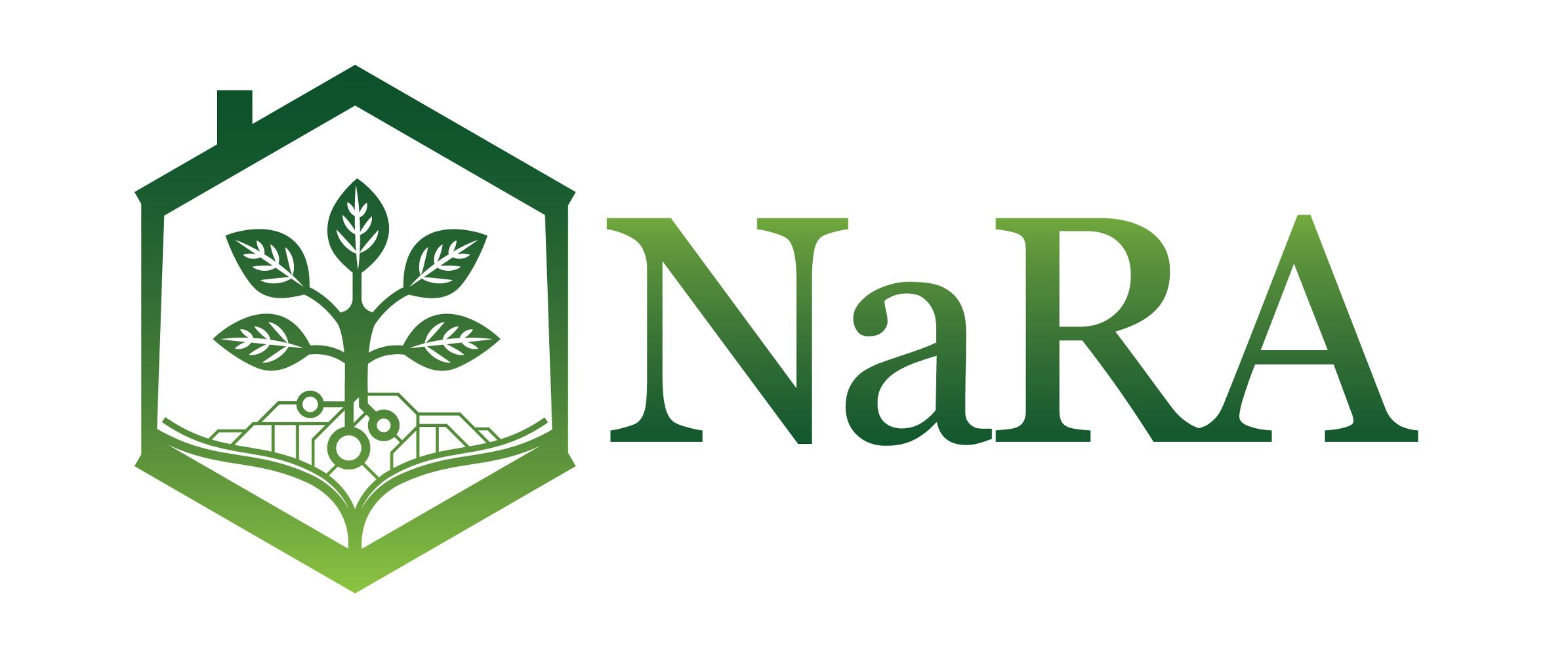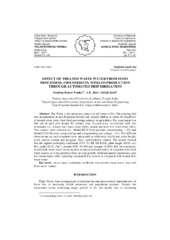Effect of Treated Waste Water from Food Processing Industries in Tomato Production through Automated Drip Irrigation
Upotreba tretirane otpadne vode iz prehrambene industrije u proizvodnji paradajza kroz automatizovano navodnjavanje
| dc.contributor.author | Pandey, Sandeep Kumar | |
| dc.contributor.author | Jain, A.K. | |
| dc.contributor.author | Joshi, Abhijit | |
| dc.date.accessioned | 2017-04-11T13:35:34Z | |
| dc.date.available | 2017-04-11T13:35:34Z | |
| dc.identifier.uri | http://arhiva.nara.ac.rs/handle/123456789/2099 | |
| dc.description.abstract | The Water is the necessary source for all forms of life. The existing trial was accompanied in Jain Irrigation System Ltd. Jalgaon (India), to check the feasibility of treated waste water from food processing industry in agriculture. The experiment was laid out in split plot design for tomato crop (Lycopersican esculentum) with two treatments viz., treated fruit waste water (M1), treated and bore well fresh water (M2). Two emitter were selected viz., Model B2.0 (Non pressure compensating – S2) and Model C2.0 (Pressure compensating and compensating non leakage – S1). The different observations on each treatment were taken such as uniformity coefficient, plant height, yield, protein content and lycopene, fiber, carbohydrates content. The results showed that the highest uniformity coefficient (97.9 %) M1 (01 DAS), plant height (69.82 cm) M1, yield (35.42 t•ha-1), protein (0.92 %) M1 and lycopen (4.28%) M2. In conclusion, treated fruit waste water can be used as an unconventional source of irrigation after fresh water source, as it has positive effect on crop growth, yield and quality parameters, also less maintenance while operating automated drip system as compared with treated fruit waste water. | sr |
| dc.description.abstract | Voda je neophodna za sve forme života. Ovo istraživanje je izvedno radi provere održivosti primene tretirane otpadne vode iz prehrambene industrije u poljoprivredi. Ogled je postavljen na parcelama paradajza (Lycopersican esculentum) sa dva tretmana, tretirana otpadna voda od voća (M1) i sveža voda iz bušenog bunara (M2). Dva modela su izabrana, Model B2.0 (Bez kompenzacije pritiska – S2) i Model C2.0 (Pritisak kompenzacije – S1). Ispitivani su koeficijent ujednačenosti, visina biljaka, prinos, sadržaj proteina, likopena, vlakana i ugljenih hidrata. Rezultati su pokazali da je najviši koeficijent ujednačenosti (97.9 %) M1 (01 DAS), visina biljaka (69.82 cm) M1, prinos (35.42 t•ha-1), protein (0.92 %) M1 i likopen (4.28%) M2. Zaključeno je da tretirana otpadna voda može biti upotrebljena kao izvor za navodnjavanje posle sveže vode. | sr |
| dc.subject | waste water | sr |
| dc.subject | uniformity coefficient | sr |
| dc.subject | treated fruit waste water | sr |
| dc.subject | bore bell fresh water | sr |
| dc.subject | tomato | sr |
| dc.subject | otpadna voda | sr |
| dc.subject | koeficijent ujednačenosti | sr |
| dc.subject | tretirana otpadna voda | sr |
| dc.subject | voda iz bunara | sr |
| dc.subject | paradajz | sr |
| dc.title | Effect of Treated Waste Water from Food Processing Industries in Tomato Production through Automated Drip Irrigation | sr |
| dc.title.alternative | Upotreba tretirane otpadne vode iz prehrambene industrije u proizvodnji paradajza kroz automatizovano navodnjavanje | sr |
Files in this item
This item appears in the following Collection(s)
-
Issue 2017-1.
www.jageng.agrif.bg.ac.rs/files/casopis/PT_01-2017.pdf



